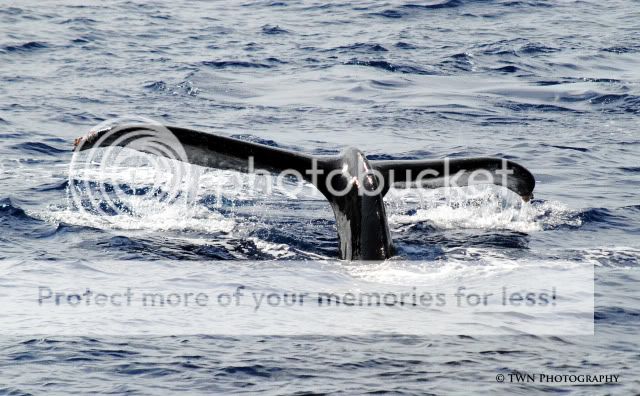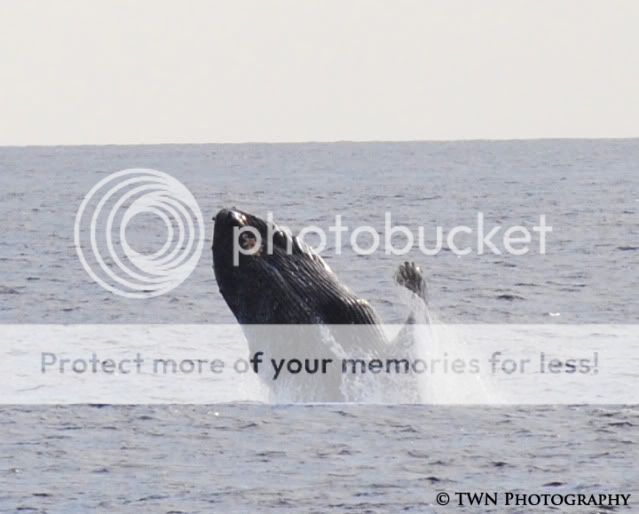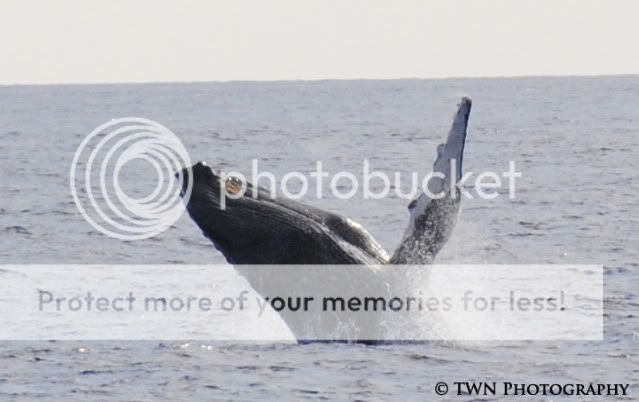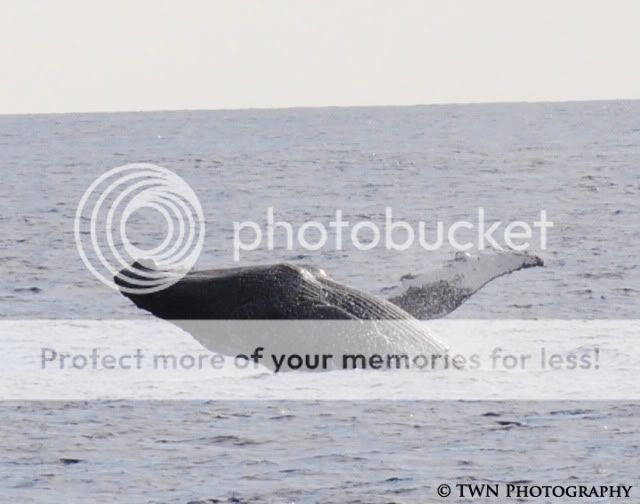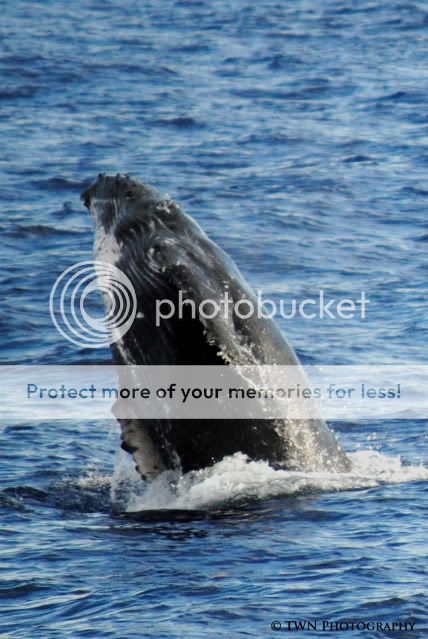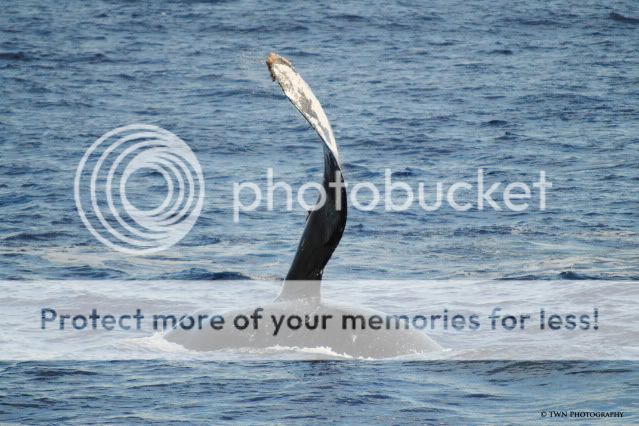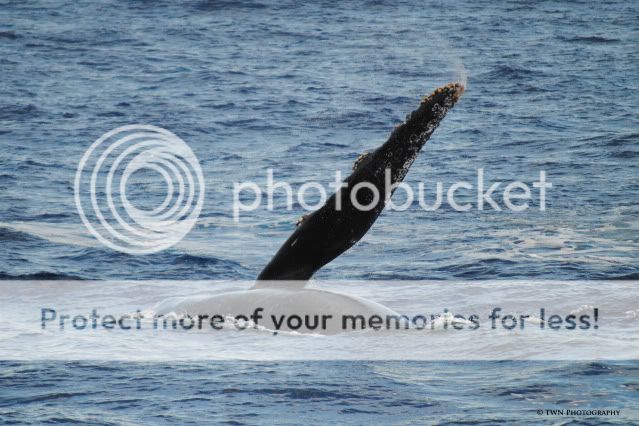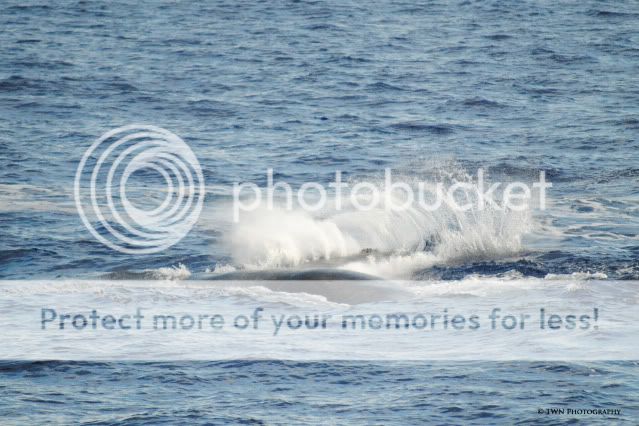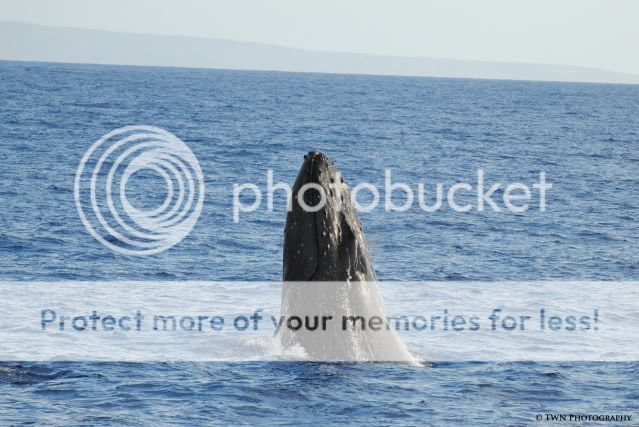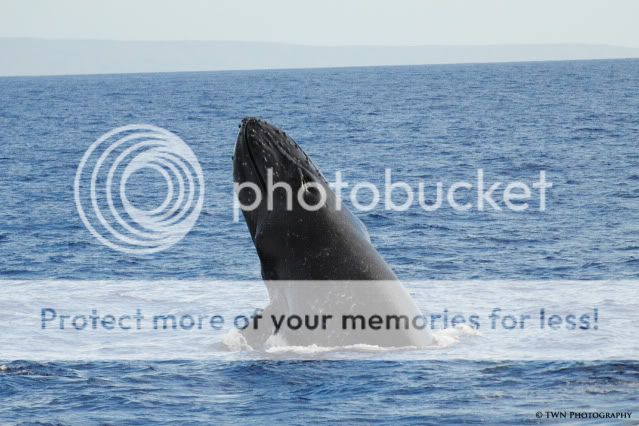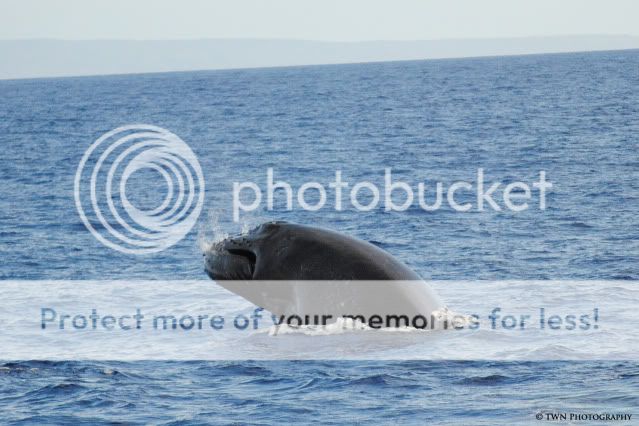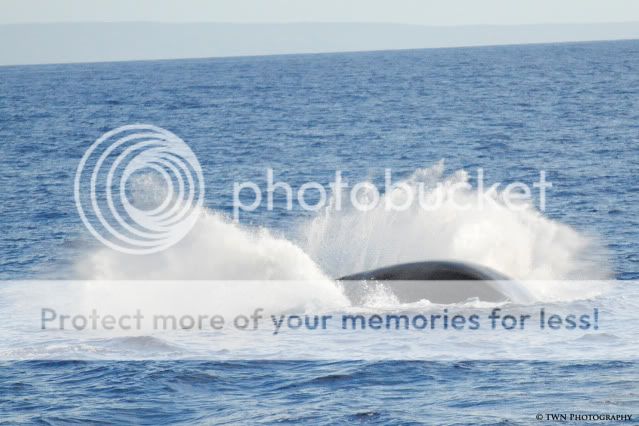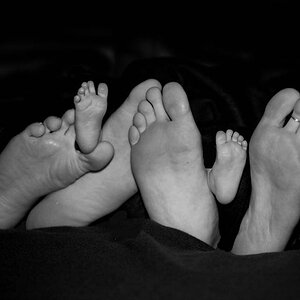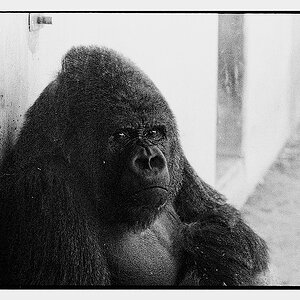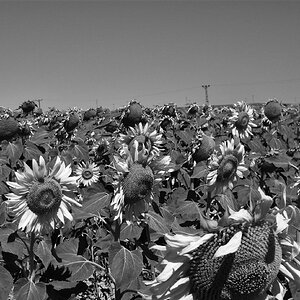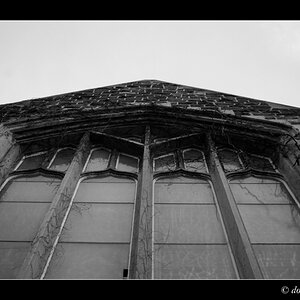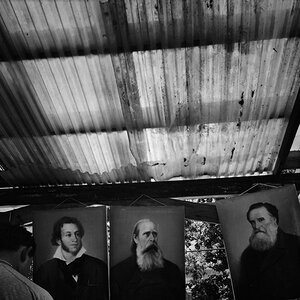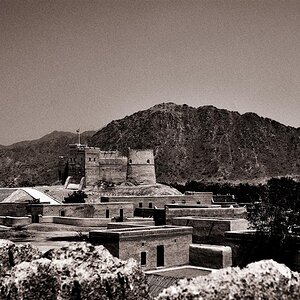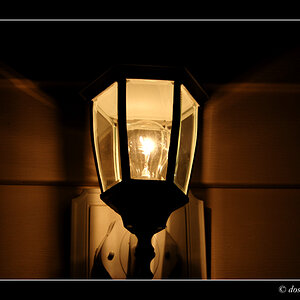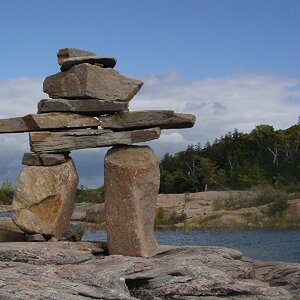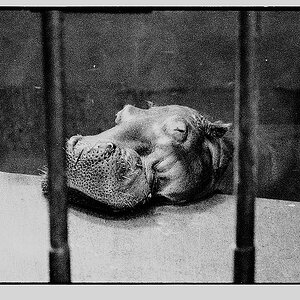We're about a week away from heading to Maui for vacation and I'm finally going to get to go whale watching out there. I have a few questions for settings and getting good pictures in general while out there. I have the following equipment:
Nikon D70 and D3000 camera body
70-300mm 4.5-5.6 AF Nikon, a 2x teleconverter for that lens,
18-55mm AF-S DX VR 3.5-5.6, a
55-200mm AF-S DX VR 4.0-5.6, and a
35mm AF-S DX f1.8G.
28-90mm D Nikon lens from my older Nikon N65.
With this equipment, and without buying a $1000+ lens for the 2.8 speed, will I be able to get some good shots? I'm thinking of using the 300mm on the D70 since it is capable of the auto focus and the 18-55mm on the D3000. Any suggestions and help with this subject would be appreciated. Thanks in advance.
Nikon D70 and D3000 camera body
70-300mm 4.5-5.6 AF Nikon, a 2x teleconverter for that lens,
18-55mm AF-S DX VR 3.5-5.6, a
55-200mm AF-S DX VR 4.0-5.6, and a
35mm AF-S DX f1.8G.
28-90mm D Nikon lens from my older Nikon N65.
With this equipment, and without buying a $1000+ lens for the 2.8 speed, will I be able to get some good shots? I'm thinking of using the 300mm on the D70 since it is capable of the auto focus and the 18-55mm on the D3000. Any suggestions and help with this subject would be appreciated. Thanks in advance.


